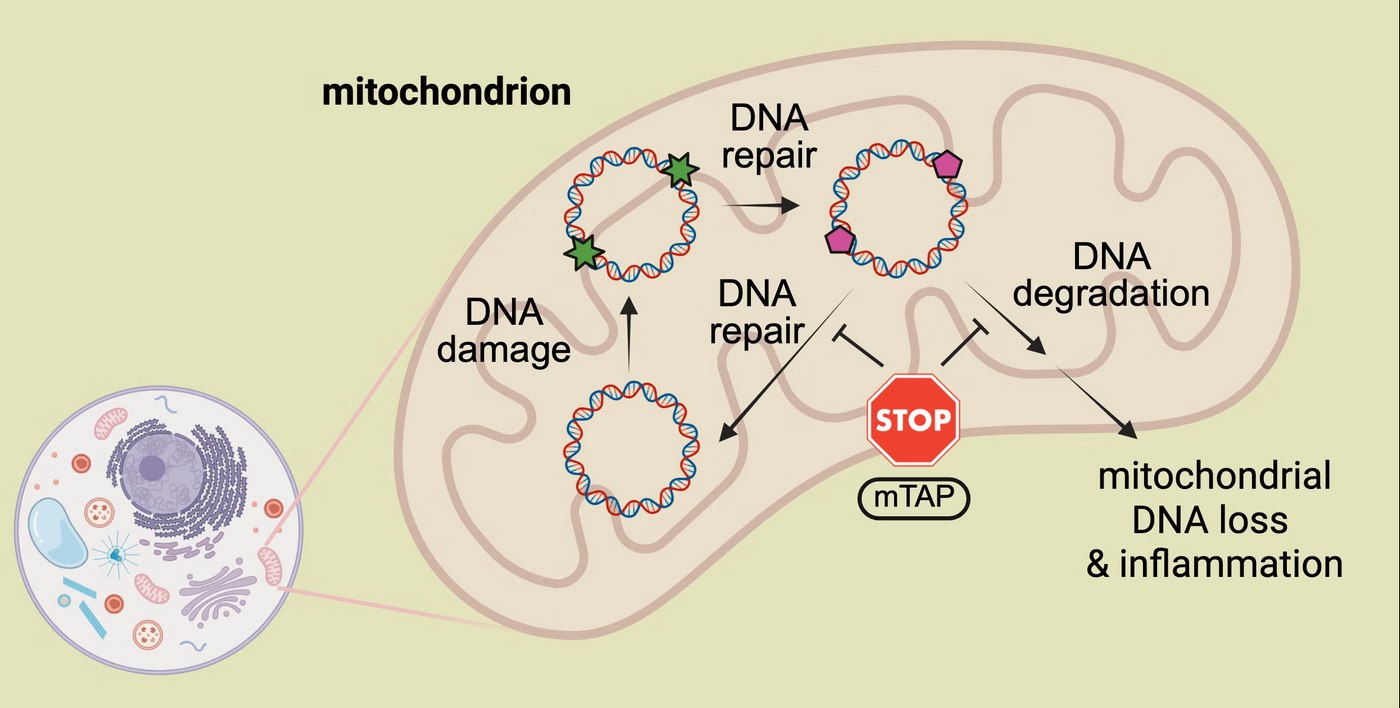T4K3.news
Breakthrough in Nuclear Clock Research Announced
New thorium-229 nuclear clock could enhance detection of dark matter in upcoming studies.

Scientists are using a groundbreaking thorium-229 nuclear clock to potentially detect dark matter.
Breakthrough in Nuclear Clock Technology Could Change Dark Matter Research
In a significant advancement, physicists have developed a new method to detect dark matter using a thorium-229 nuclear clock. This innovative research, led by teams from the Weizmann Institute of Science and Germany’s National Metrology Institute, was published in Physical Review X in July 2025. The nuclear clock, which measures the oscillation of atomic nuclei, has the potential to reveal details about dark matter, an elusive component of the universe that makes up about 80% of its mass. The team aims to identify subtle shifts in thorium-229’s absorption spectrum that may indicate the presence of dark matter, despite its weak effects. This method could provide unprecedented accuracy in exploring one of physics' greatest mysteries.
Key Takeaways
"We still need even greater precision to develop a nuclear clock."
Gilad Perez reflects on the current challenges in achieving fully functional nuclear clocks.
"Our calculations show that we need to identify changes across the entire absorption spectrum."
Wolfram Ratzinger emphasizes the detailed approach needed for discovery.
"A thorium-229-based nuclear clock would be the ultimate detector."
Gilad Perez highlights the unprecedented capabilities of this clock in dark matter research.
This development could redefine how researchers approach the search for dark matter. Traditional methods often rely on high-energy particle collisions, which have not led to direct detection. Instead, the thorium-229 nuclear clock could detect the influence of dark matter at a much finer scale. The shift in resonances could open new pathways in both theoretical and experimental physics, shifting from merely seeking to observe dark matter to actually measuring its subtle effects on atomic structures. As Gilad Perez notes, achieving this goal may require both further precision and deeper insights into how dark matter interacts with known physics.
Highlights
- A thorium-229 clock might be our best shot at finding dark matter.
- This research opens up a new frontier in understanding the universe.
- Dark matter could be closer than we think, right in atomic shifts.
- A nuclear clock that defies traditional measurements may change everything.
Research Potentially Faces Public Scrutiny
The innovative methods being used may draw skepticism due to the complex nature of dark matter and reliance on new technology.
This breakthrough may change our understanding of dark matter and its role in the universe.
Enjoyed this? Let your friends know!
Related News

New method to detect dark matter through thorium-229

NIST achieves record accuracy with new atomic clock

Mitochondrial disease IVF breakthrough announced

New chemical probe shown to protect mitochondrial DNA
Ukraine conducts drone strikes on Russian energy sites

Google reveals AI advancements at I/O 2025

Funeral notices reveal cherished lives in Devon

Shengjia Zhao appointed Chief Scientist at Meta Superintelligence Labs
